Historische Technografie des Online-Kommentars
B03

Leitung
Mitarbeit
In the earlier years of the world wide web, online comments were celebrated as a new medium of participation with a potential of democratization. During the 2010s, commenting functions were more and more problematized, sometimes even shut down – WIRED already bemoaned “the end of comments” in 2015.
The project researches the history of online commenting since the early 1990s and develops methods to work with web archive data. It develops and uses the Technograph, a tool that in a first step tracks and visualizes changes in HTML corpora that the project gets from the Internet Archive. With help of the Technograph, updates in commenting functions – when they have been changed or shut down, for example – can be identified.
These data are then used to elicit and triangulate them with other data types. To qualitative interviews with journalists, content moderators or software programmers for example, we bring snapshots of archived web pages, older versions of commenting functions and their updates in order to structure them. In this way, we let the media of commenting participate in the interviews that try to reconstruct the transformations of online commenting practices.
That means, the project uses web archive data to reconstruct past, historical practices by taking the technologies of these practices as point of departure – and not an ethnos as in ethnography. This is one reason why we discuss our methods in the discourse of Technography.
A second reason to conceptualize our method as Technography is the project’s procedure of iterative-cyclically combining semi-automated with rather ‘classical’ qualitative methods: With the Technograph, we develop a digital tool that helps us to sample, analyze and interpret the considerably ‘messy’ data that web archives provide. Qualitative methods are designed to work with ‘messy’ data, and web archive data can, as a result, often best be understood in a framework that understands also its digital tools as qualitative tools. In other words, the technology we develop (the Technograph) is an actor in our research – sometimes as an informant (when it finds updates in HTML corpora, for example), and sometimes as an interviewer (when the updates the Technograph finds become part of an interview).
From that results a third reason of why we understand our method as technographic: Our tool itself draws on historical, interpretive knowledge about the practices we are researching. In order to find commenting functions in corpora from the late 2000s, for example, we draw on knowledge about practices of building websites in the late 2000s. Rather than following the ideal of a ‘light’ or ‘neutral’ tool, the Technograph is what we call a “thick tool” that actively interprets data in our technographic field that is constituted – but not restricted to – data from archived websites.




Veranstaltungen
Participation as a Popular Promise
Konferenz
19. – 20. Februar 2026
US-S 002
(Seminarzentrum Obergraben)
Qualitative Digital Methods
Konferenz
International Conference
9. – 10. September 2024
Ruhr-Universität Bochum
Beckmanns Hof
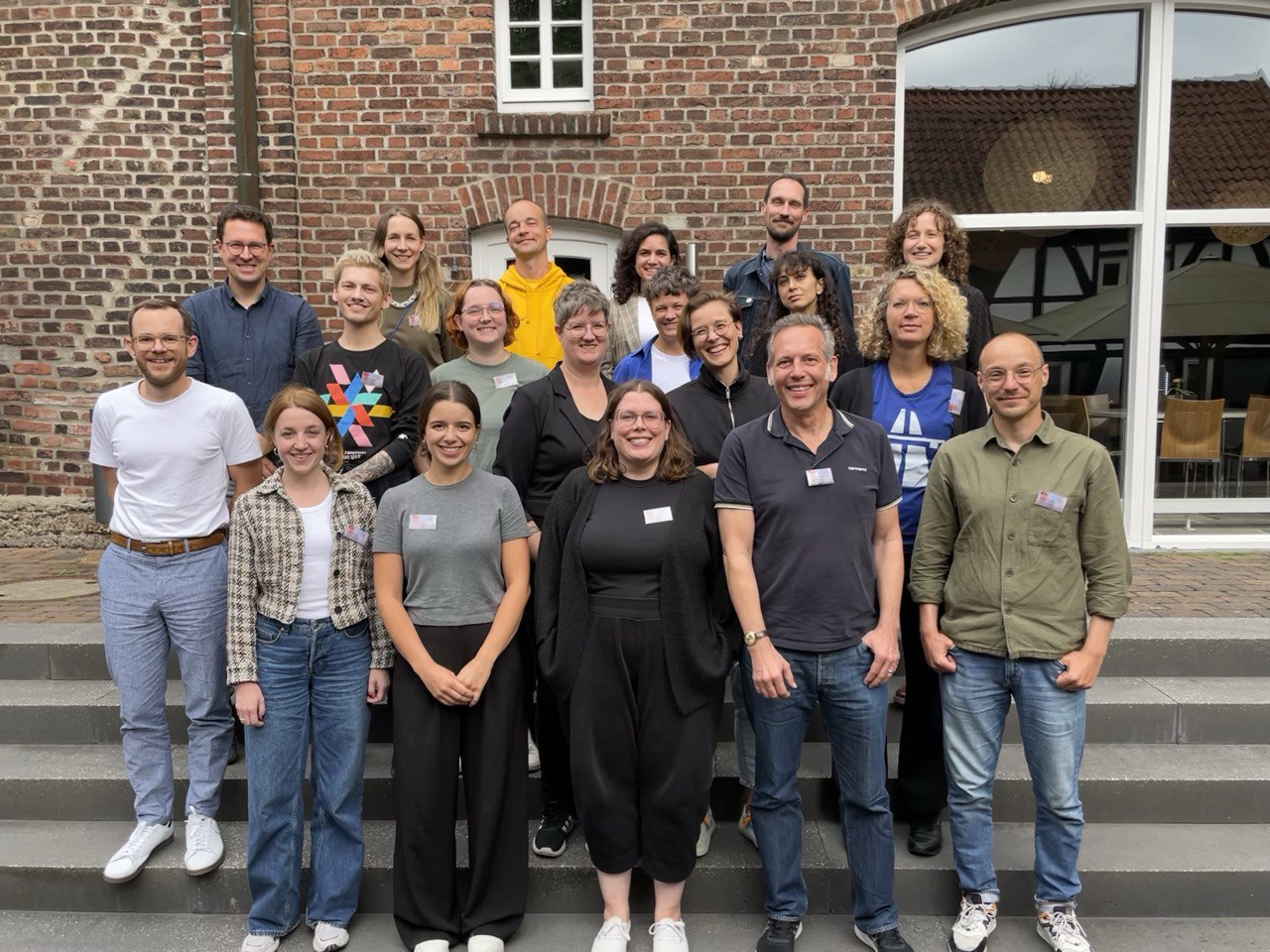
Follow the updates? Developing the Technograph as a methodological device to work with data from the Internet Archive
Vortrag
Presentation at STS Italia Conference 2023, Bologna, by Johannes Paßmann, Lisa Gerzen and Mika Schories
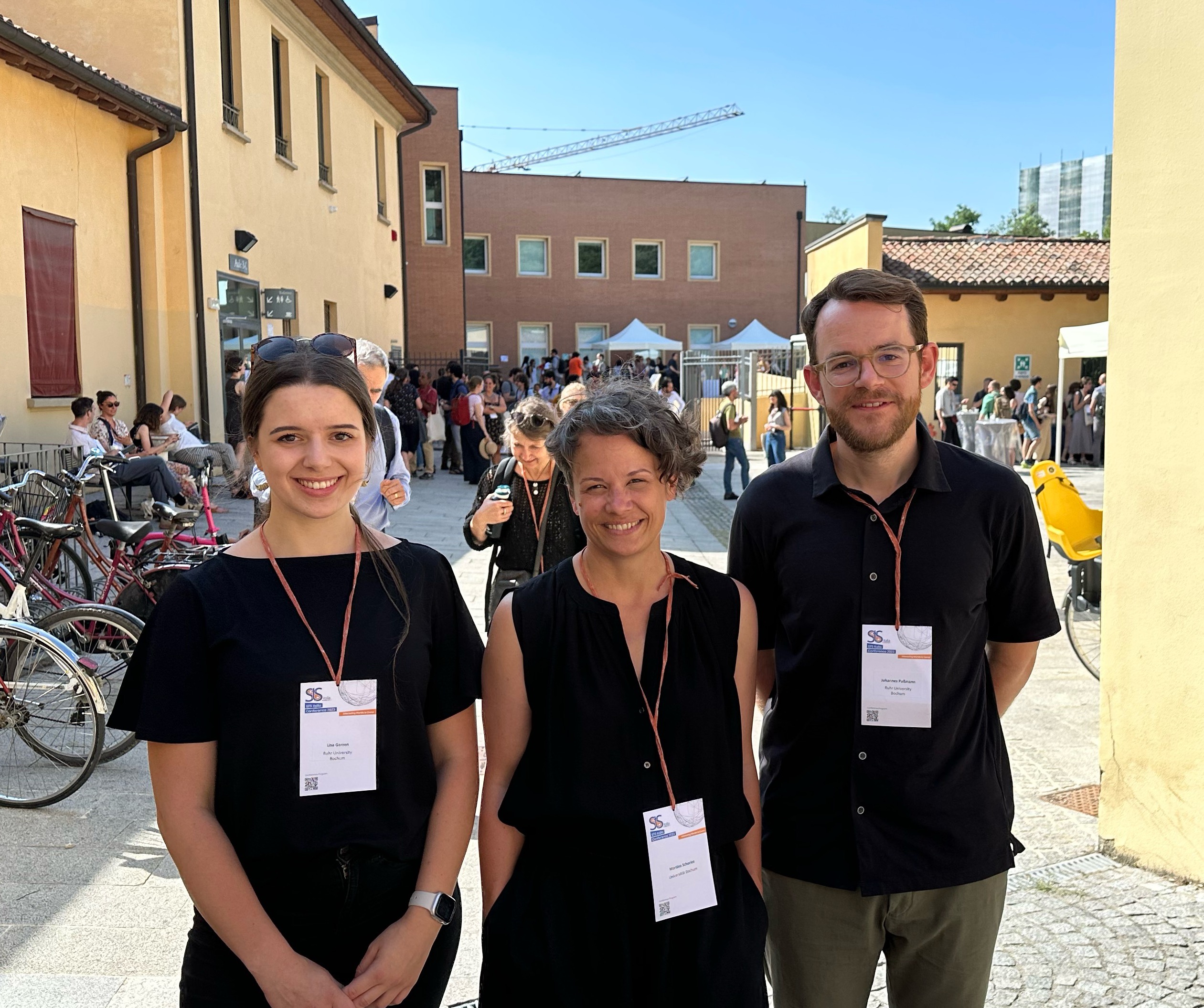
The Technograph: Building an instrument for visualising and analysing web archive data
Vortrag
Presentation at RESAW Conference 2023, Marseille, by Johannes Paßmann, Lisa Gerzen and Mika Schories
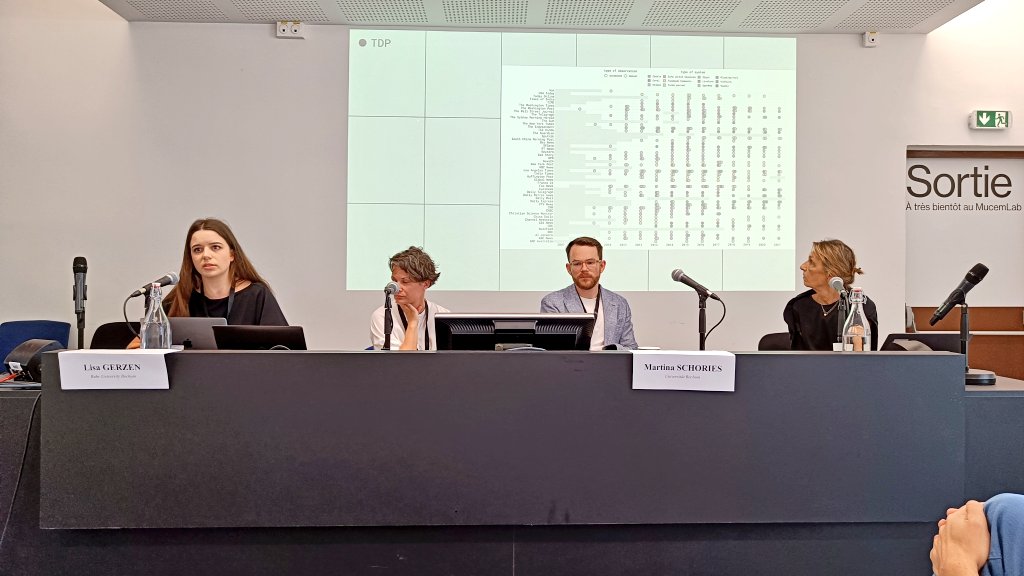
Panel Presentation: Internet Histories
Vortrag
Panel Presentation at AoIR2022 Conference, Dublin, by Anne Helmond
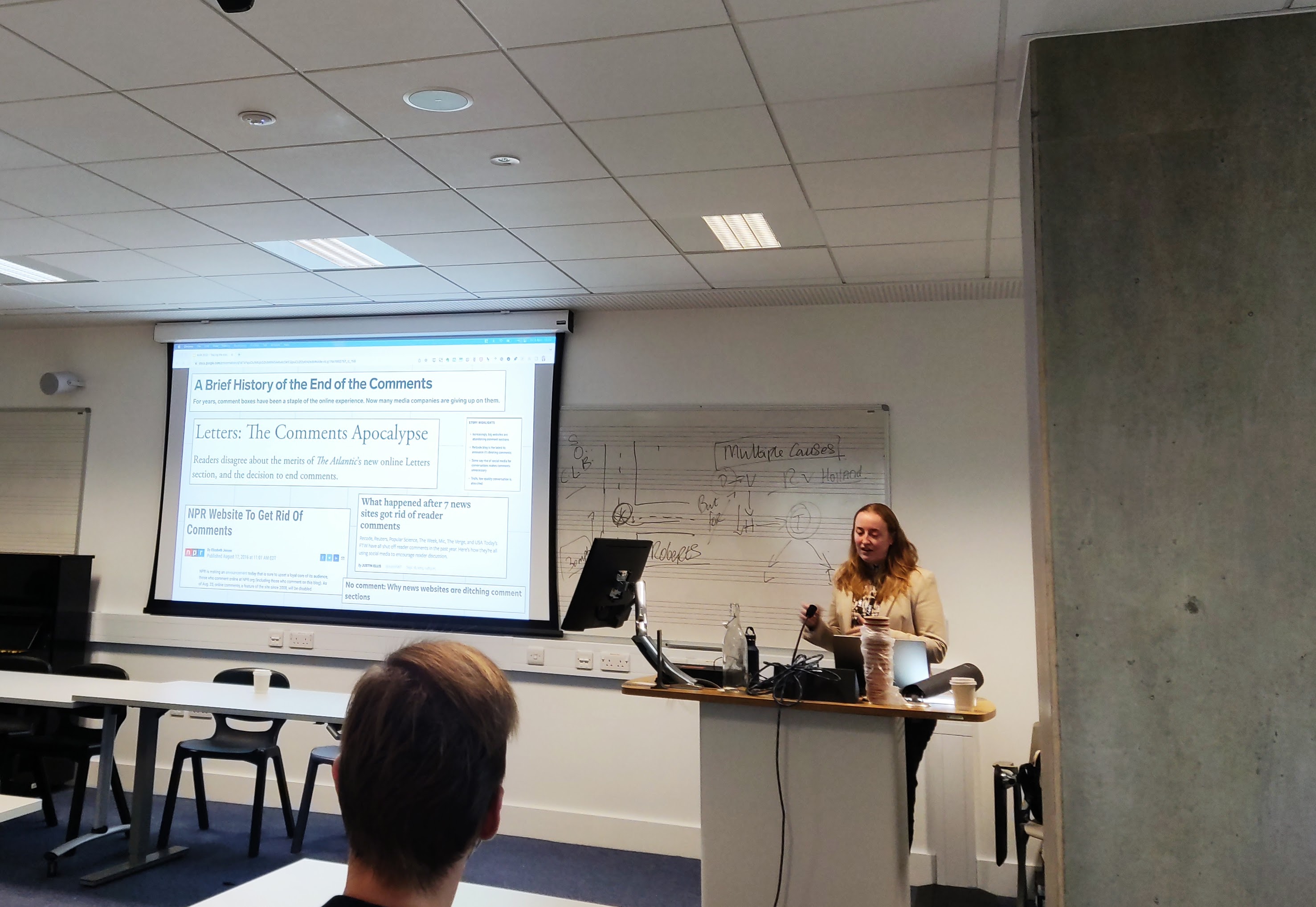
Historical Technography of Online Commenting
Vortrag
Presentation at AoIR2022 Conference, Dublin, by Johannes Paßmann and Lisa Gerzen
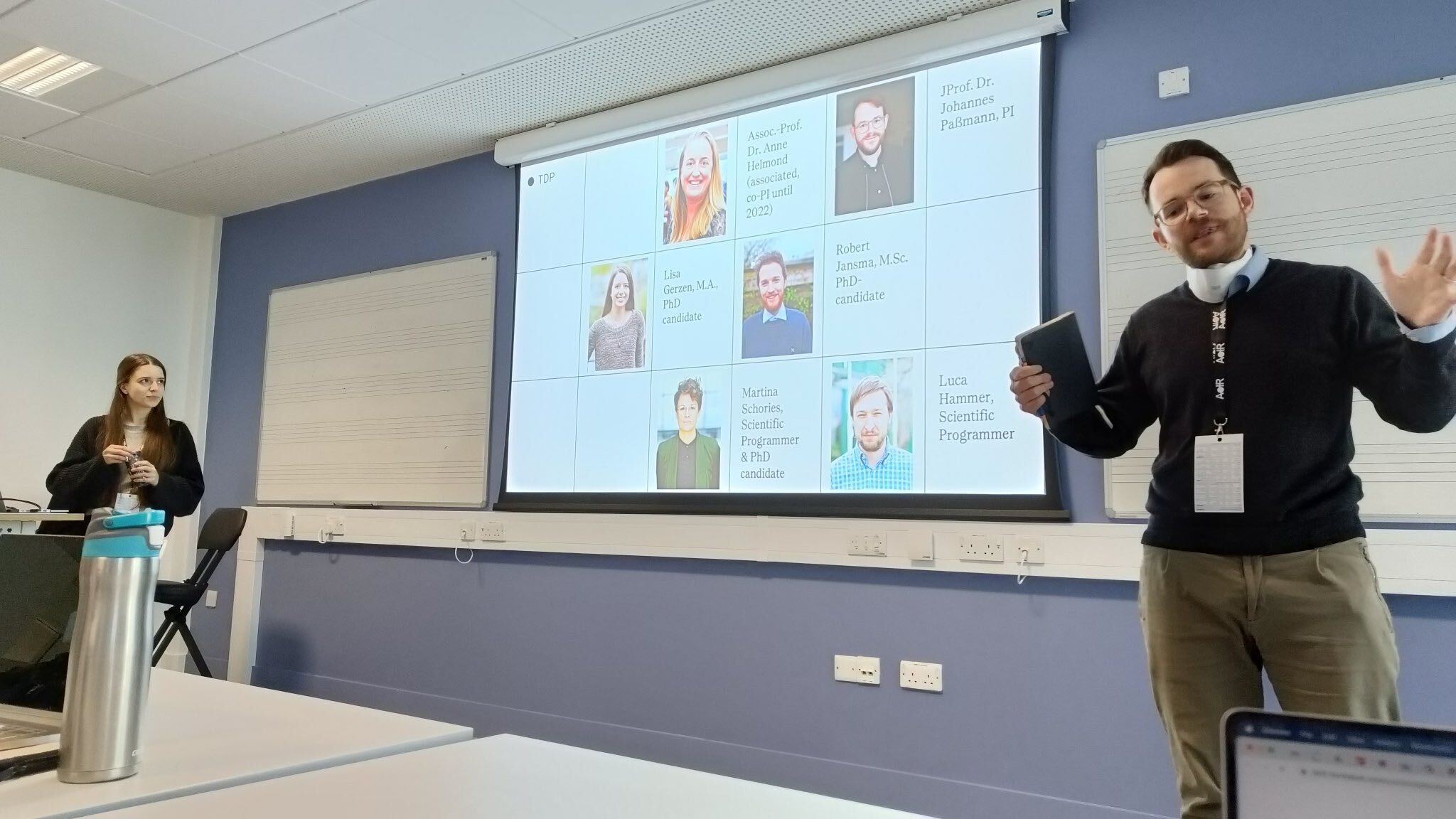
Historische Technografie des Online-Kommentars. Daten, Werkzeuge und ihre Herausforderungen. Forschungsdaten in der Medienwissenschaft
Vortrag
Präsentation auf der Tagung des media/rep/ 2022, Marburg, von Johannes Paßmann, Luca Hammer und Mika Schories
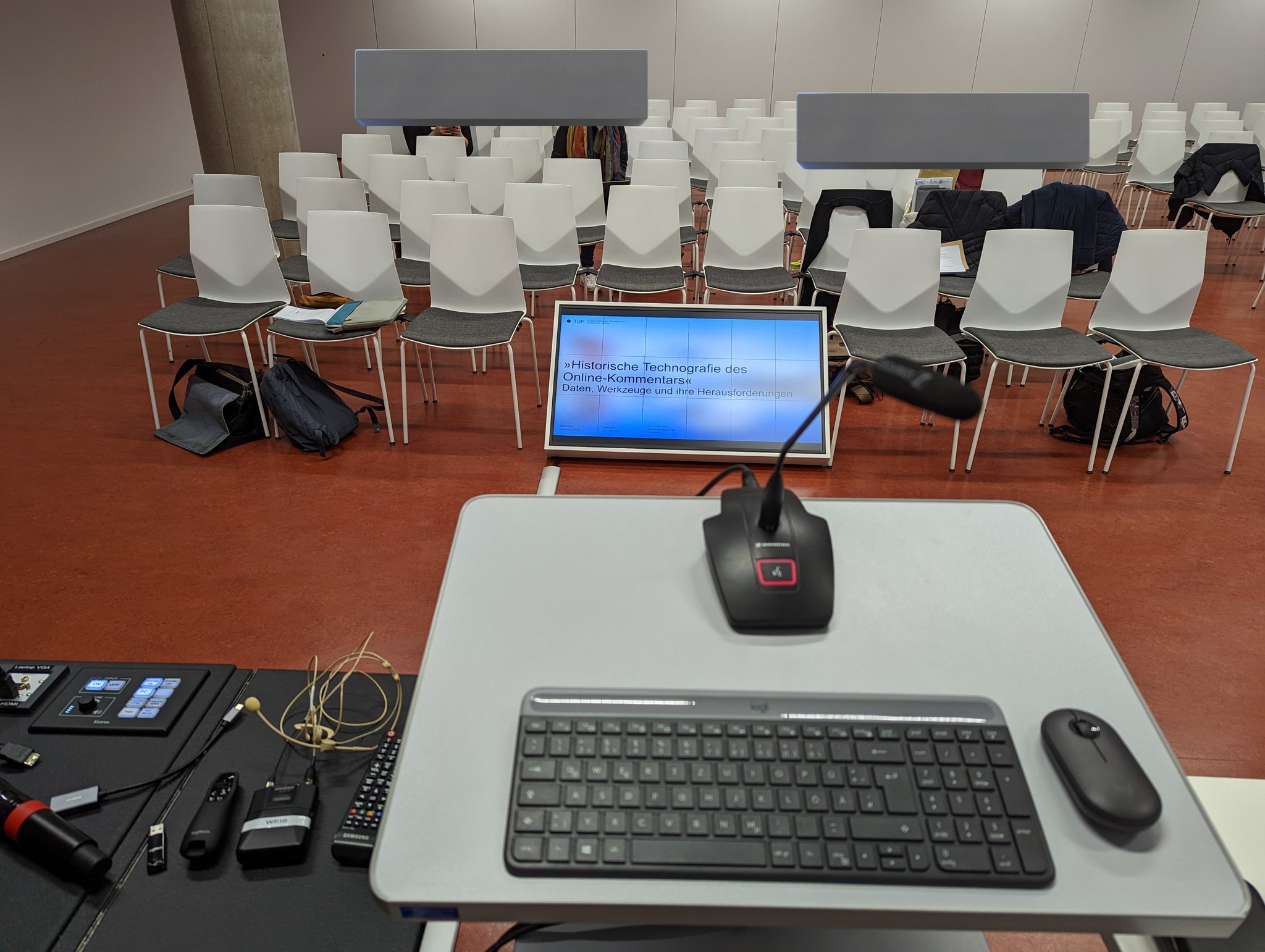
A History of Web Histories. Development of Web Archival Research Methods, Tools, and their Ideals
Vortrag
Presentation at the AoIR2023 Conference, Philadelphia (PA), by Johannes Paßmann, Lisa Gerzen and Mika Schories
Challenges of Tracing Online Commenting Systems
Vortrag
Presentation WARCnet Closing Event, Aarhus, by Johannes Paßmann, Lisa Gerzen and Robert Jansma
Mapping and tracking the development of online commenting systems on news websites between 1996–2021
Vortrag
Presentation at Archives Unleashed Cohort Program Event, 2022, Vancouver, by Lisa Gerzen and Robert Jansma

Feldzugänge unter Corona- Bedingungen
Workshop
Online- Workshop
22. April 2021
9:00 - 17:00 Uhr

Publikationen
The Social Logics of Platform Units: A Brief History of Valuation Practices Online (2024)
Andere wissenschaftliche Publikation
weiter lesenTechnograph. Software des Teilprojekts B03 „Historische Technografie des Online-Kommentars“
Andere wissenschaftliche Publikation

Follow the updates! Reconstructing Past Practices with Web Archive Data (2024)
Peer reviewed / Buchveröffentlichung
weiter lesenParatext praxeologisch – am Beispiel von Online-Kommentaren, Plattform-Einheiten und Klickzahlen (2025)
Andere wissenschaftliche Publikation
weiter lesenVom Netzwerk zum Artefakt und zurück. Rekonstruktion vergangener Praktiken mit Daten aus Web-Archiven (2025)
Andere wissenschaftliche Publikation
weiter lesenWeb Histories in the Making: Web Archives & the Logics of Practice (2023)
Andere wissenschaftliche Publikation
weiter lesenSorting texts out (or in). Online comments as paratexts (2023)
Andere wissenschaftliche Publikation
weiter lesenGetting Noticed by Many: On the Transformations of the Popular (2023)
Peer reviewed / Buchveröffentlichung
weiter lesenMetadata dating the digital city: a software archaeological approach (2022)
Peer reviewed / Buchveröffentlichung
weiter lesenFrom healthy communities to toxic debates: Disqus’ changing ideas about comment moderation (2022)
Peer reviewed / Buchveröffentlichung
weiter lesenTechnografie als Methode der Social-Media-Forschung (2022)
Peer reviewed / Buchveröffentlichung
weiter lesenMapping and tracking the development of online commenting systems on news websites between 1996–2021
Video
Presentation at Archives Unleashed Cohort Program Event, 2022, Vancouver
Expertise und ihre Titel. Kurze Exploration ausgewählter Telegram-Gruppen im Kontext der SarsCoV2-Pandemie (2022)
Blog
weiter lesen
